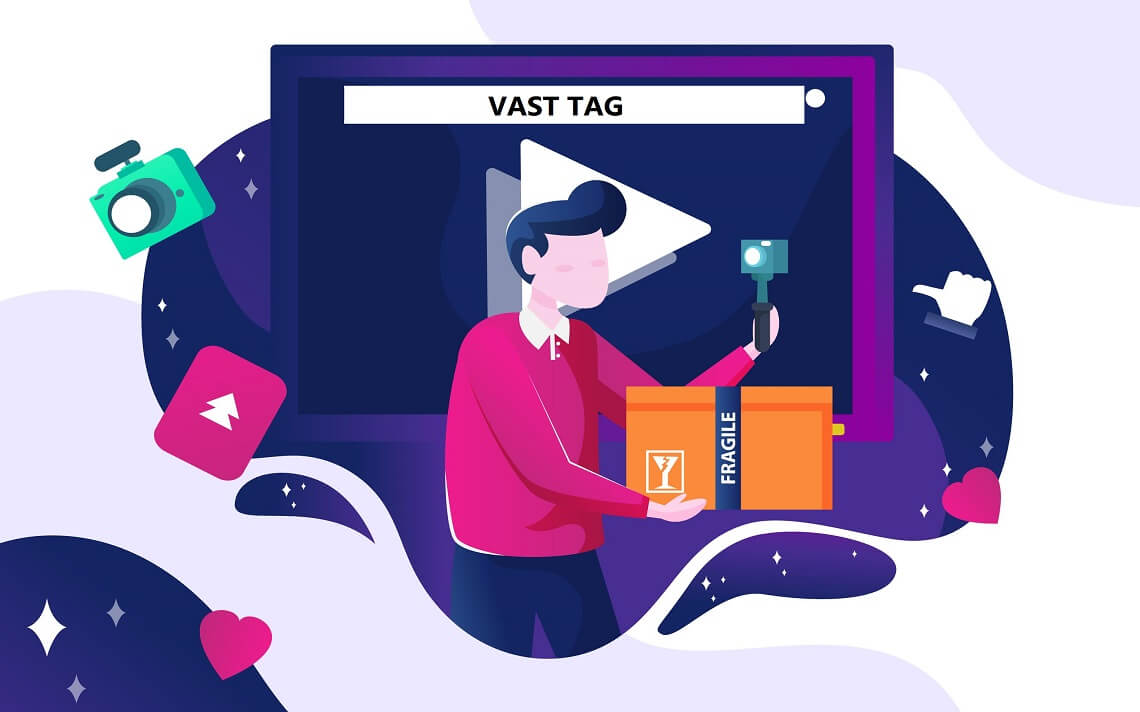
RTB – 3 Ways You Reap the Benefits
Table of Contents
RTB ( Real Time Bidding ): Video marketing is on the rise, and by 2018, more than 60% of all internet traffic is expected to be video. Of that rise, a big chunk is driven by programmatic advertising, especially real-time bidding (RTB). The video marketing world has looked on RTB and programmatic as huge leaps forward, bringing big advantages like efficiency leaps for advertisers.
But what about the supply side? What do publishers get out of RTB? Here are three big benefits:
Reducing calls on the client side
Publishers sell ad inventory through one portal (the supply-side platform, or SSP) rather than multiple relationships with different advertisers. How does that translate to client-side dynamics?
In real-time bidding, advertisers buy up ad inventory through a single, real-time auction. In practical terms, that means a visitor on a web browser only triggers one process. Rather than sending out multiple calls to different advertising servers and juggling their responses, the publisher only taps an SSP and awaits results from the bidding. Only when the SSP has picked a winner will the publisher’s website call on an ad server to fill the available impression with the winning ad.
Reducing latency and improving user experience
On a related note, RTB’s efficiency improvements can make for drastically faster page loads for users. Thanks to the automated systems and algorithms that carry out RTB auctions, transactions happen in milliseconds before a user loads a page. Having all possible advertisers bidding in the same auction also gets rid of old-school waterfalls that had the publisher shuffling from one set of potential buyers to another — a tedious process that added seconds to a page’s loading time. (Waterfalling hasn’t entirely died with the rise of RTB, though. You can read our glossary entry on waterfalls for more details.)
Avoiding the VPAID false bid effect
You might know VPAID as a video protocol that allows for consumer-player interactivity, thanks to software logic that executes alongside video playback. However, that’s not all it’s often used for. Zoom in on the “software logic” aspect of VPAID, and you’ll understand why many potential buyers tend to use it as a decision engine for ad transactions.
What does that look like? When a publisher closes a transaction with an ad source, it asks that source to relay an asset: a creative (the ad itself) or a VPAID application, ostensibly for interactive ads. However, some of those ad sources might be using VPAID to hold their own nested auctions for the spot.
The “false positive” or “false bid” effect comes in when you consider what happens if all the buyers in that nested auction pass on the impression. The publisher loads the ad source’s VPAID application into its player, and the system thinks the transaction has been resolved successfully. However, if none of the auction participants within that source’s VPAID-run auction takes the impression, the publisher’s player will find itself empty of any actual ads. The empty VPAID then throws up a VPAID error, and publishers either have a wasted impression or additional seconds of page loading time as they scramble to fill the space with an actual creative.
To cut down on these false positives, the RTB industry is heading more and more toward SSP integration. More commonly known as server-side decisioning, this means ad sources have direct integrations with the publisher’s SSP or ad server. Ad sources will no longer need to use VPAID applications to run ad decisioning in the publisher’s player, i.e., on the client side. This cuts down on VPAID errors, boosts overall transaction efficiency, and improves publishers’ fill rates.
Conclusion
Many demand-side parties celebrate the efficiency and convenience of real-time bidding, but supply-side players can reap lots of benefits from this programmatic staple as well. Programmatic video is on the rise, and it’s changing the industry’s expectations of how ad transactions should go. Hesitation is understandable in the face of such sweeping new approaches, but it’s not all risk: from higher fill rates to better user experiences, RTB and programmatic present lots of tantalizing benefits, supply-side players included.


